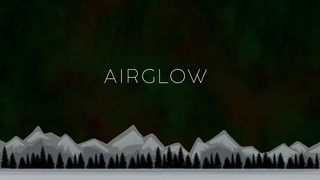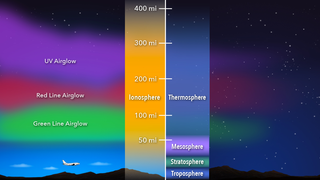Earth
Sun
ID: 12963
Airglow occurs when atoms and molecules in the upper atmosphere, excited by sunlight, emit light in order to shed their excess energy. The phenomenon is similar to auroras, but where auroras are driven by high-energy particles originating from the solar wind, airglow is sparked by day-to-day solar radiation. Airglow carries information on the upper atmosphere’s temperature, density, and composition, but it also helps us trace how particles move through the region itself. Vast, high-altitude winds sweep through the ionosphere, pushing its contents around the globe — and airglow’s subtle dance follows their lead, highlighting global patterns.
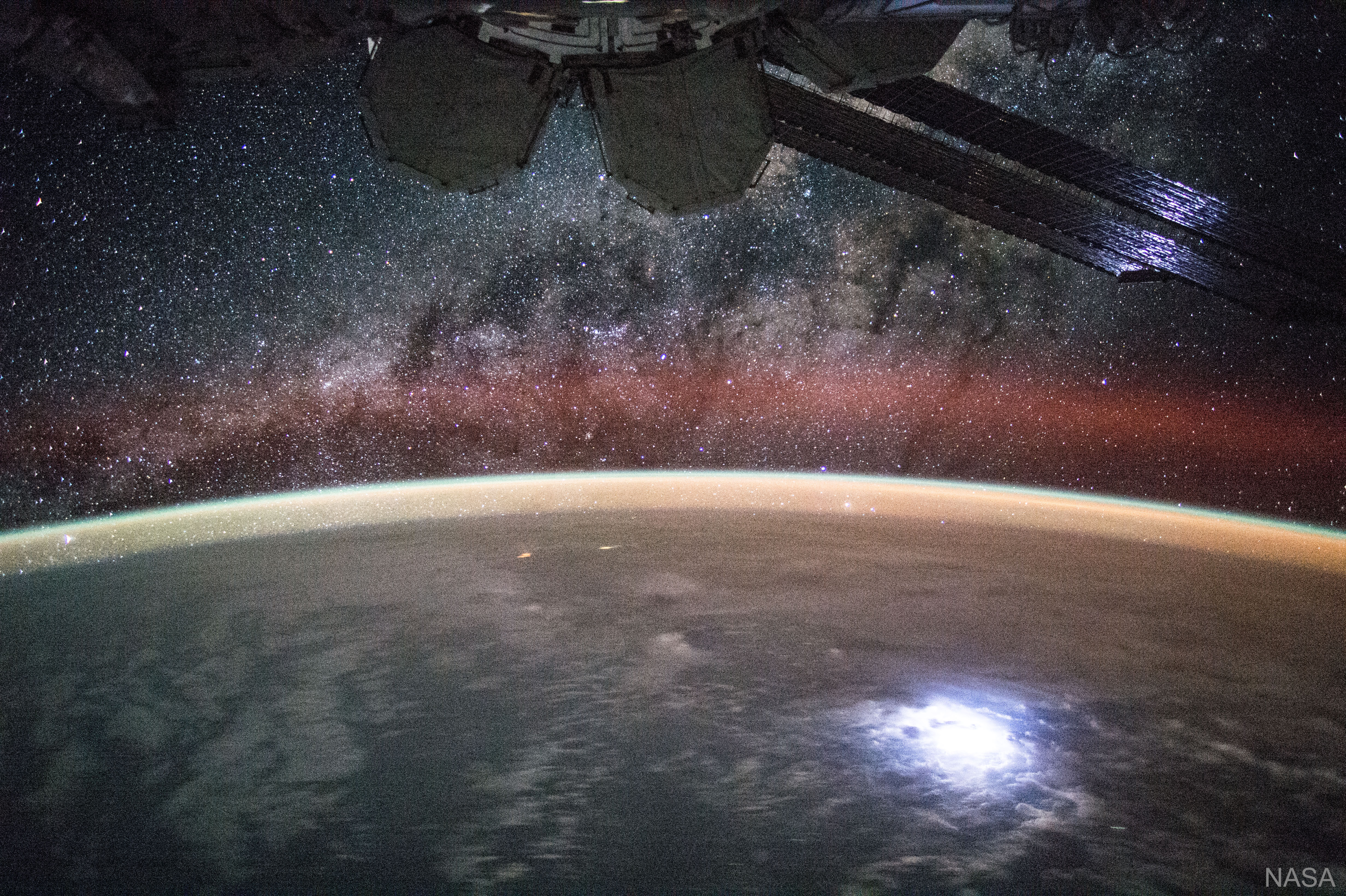
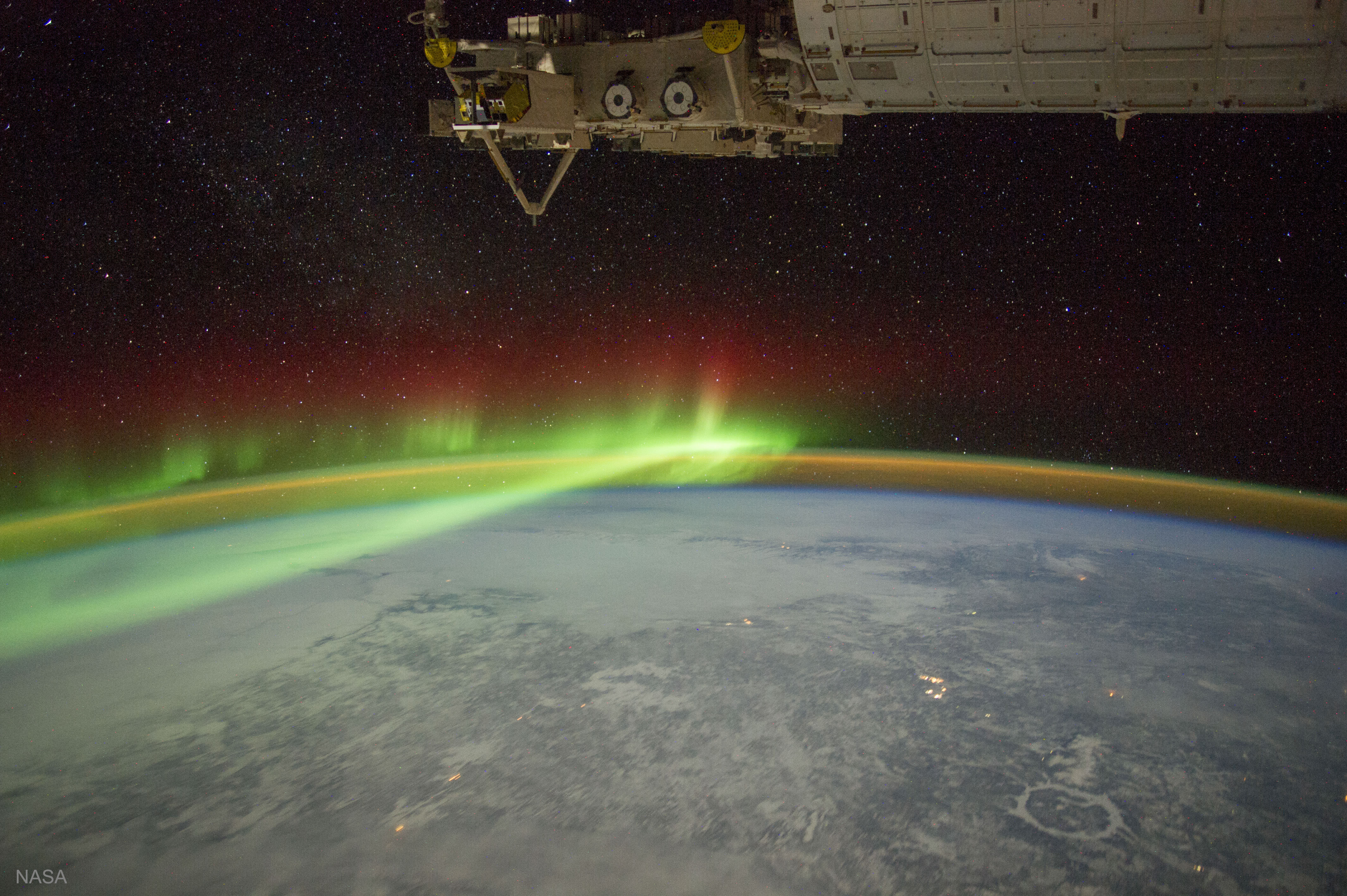
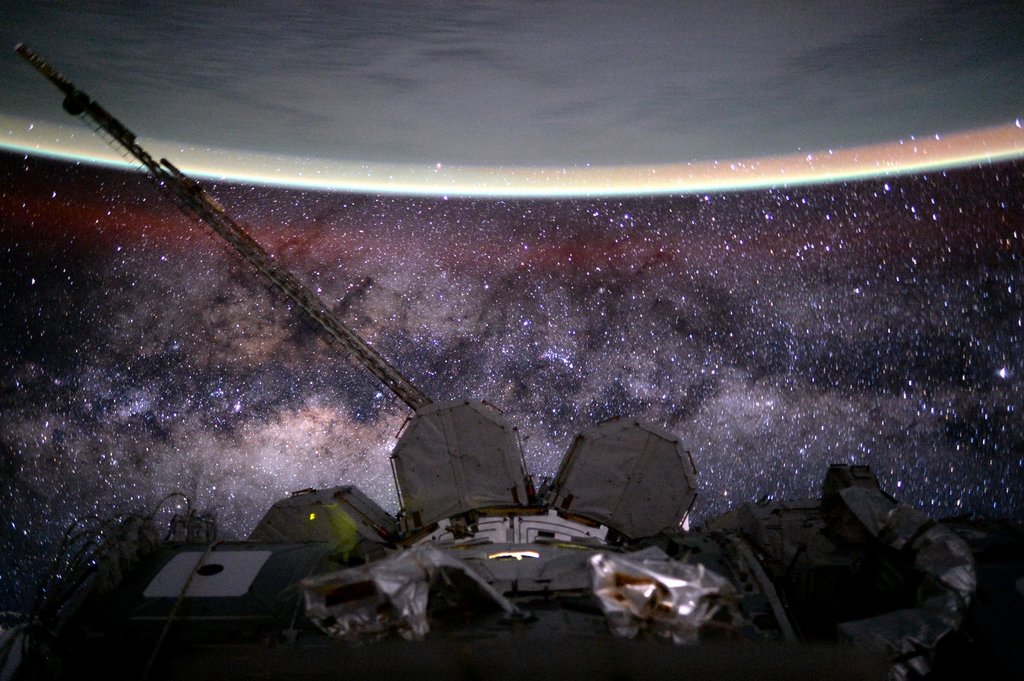

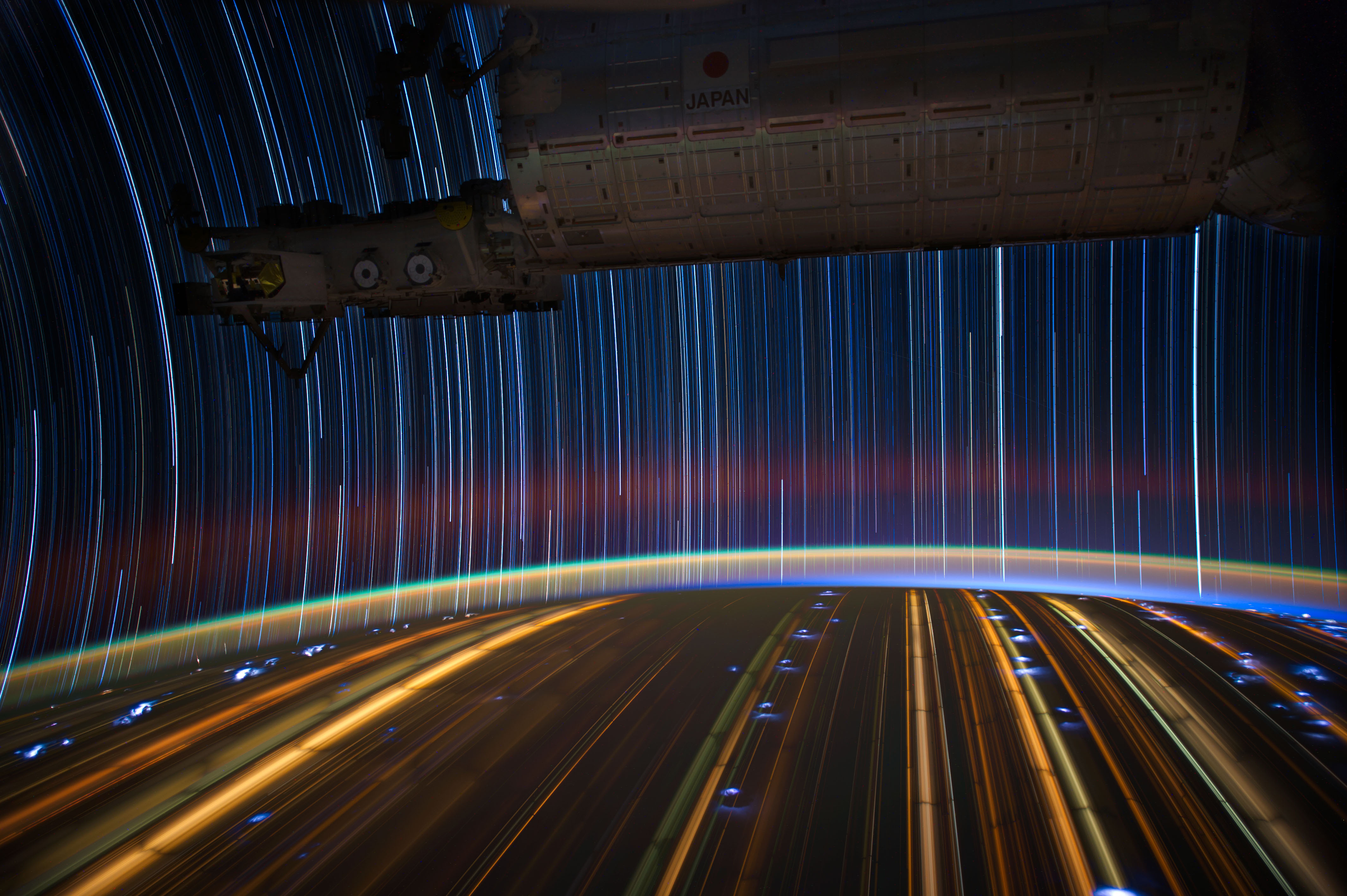
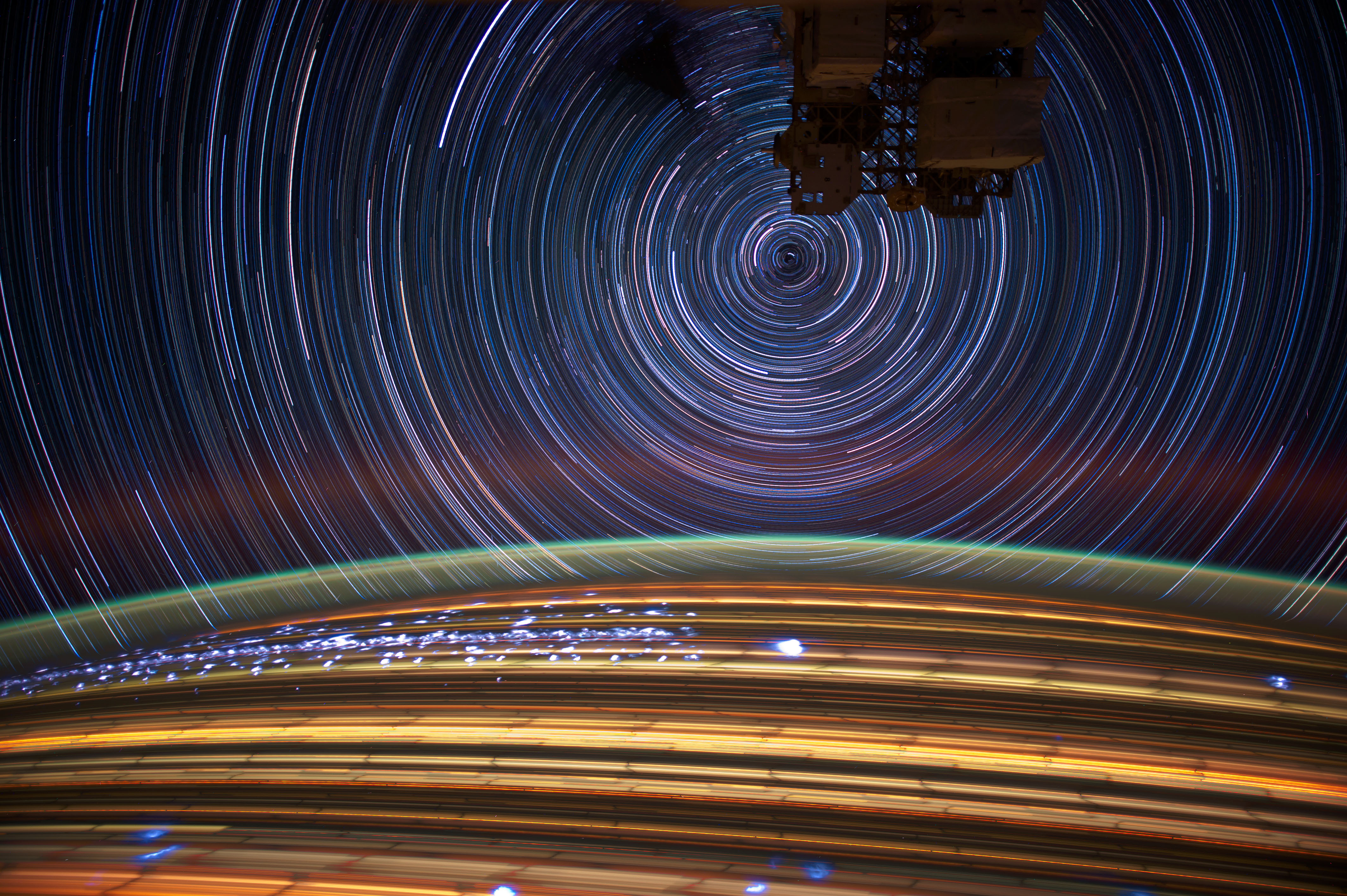
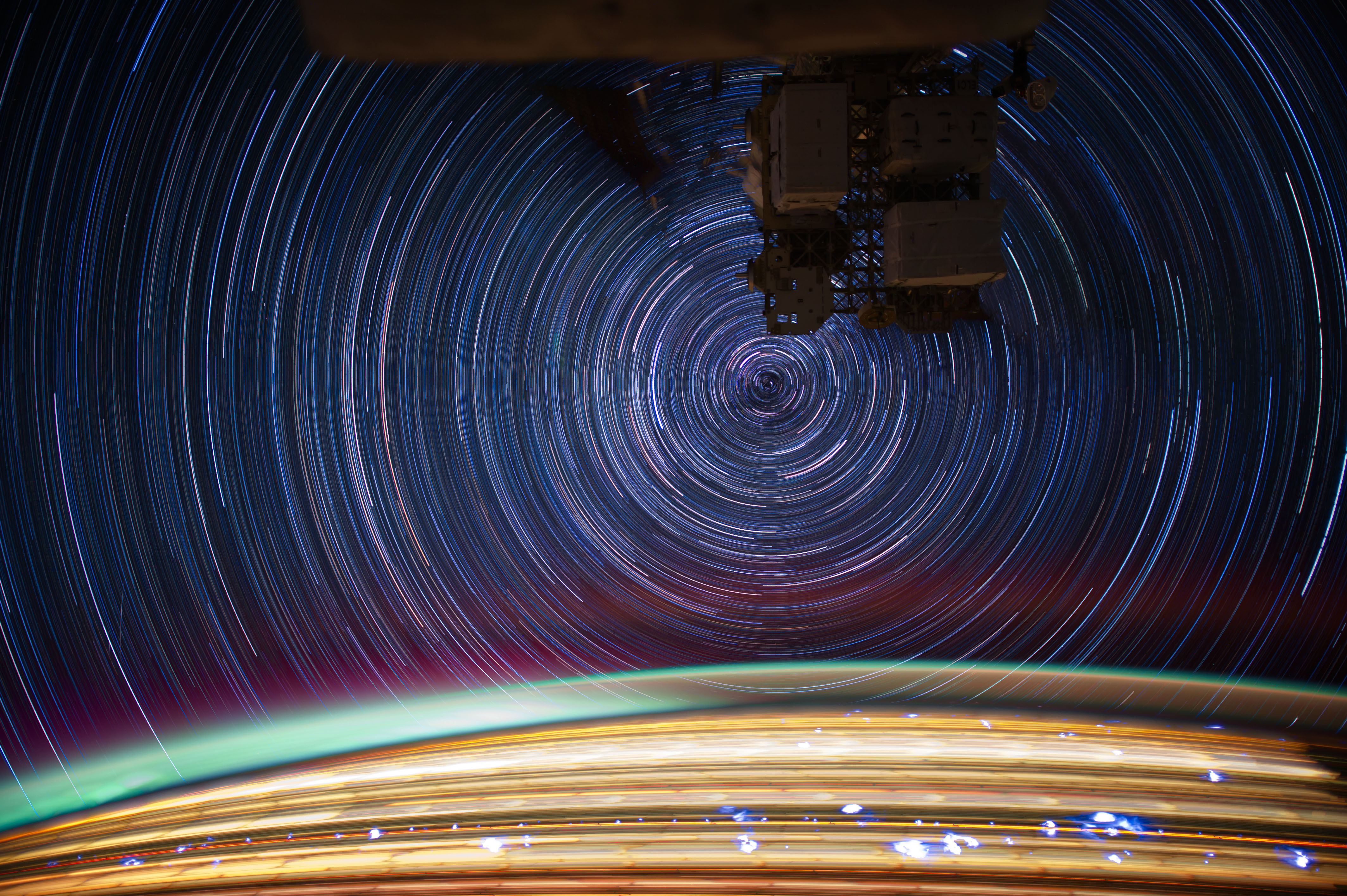
Airglow Imagery







Used Elsewhere In
Related
Credits
Joy Ng (USRA): Support
Please give credit for this item to:
NASA's Goddard Space Flight Center
NASA's Goddard Space Flight Center
Short URL to share this page:
https://svs.gsfc.nasa.gov/12963
Keywords:
SVS >> HDTV
GCMD >> Earth Science >> Sun-earth Interactions >> Ionosphere/Magnetosphere Particles
GCMD >> Earth Science >> Atmosphere >> Atmospheric Radiation >> Airglow
GCMD >> Location >> Ionosphere
SVS >> Hyperwall
NASA Science >> Earth
NASA Science >> Sun
SVS >> Icon
GCMD keywords can be found on the Internet with the following citation: Olsen, L.M., G. Major, K. Shein, J. Scialdone, S. Ritz, T. Stevens, M. Morahan, A. Aleman, R. Vogel, S. Leicester, H. Weir, M. Meaux, S. Grebas, C.Solomon, M. Holland, T. Northcutt, R. A. Restrepo, R. Bilodeau, 2013. NASA/Global Change Master Directory (GCMD) Earth Science Keywords. Version 8.0.0.0.0
https://svs.gsfc.nasa.gov/12963
Keywords:
SVS >> HDTV
GCMD >> Earth Science >> Sun-earth Interactions >> Ionosphere/Magnetosphere Particles
GCMD >> Earth Science >> Atmosphere >> Atmospheric Radiation >> Airglow
GCMD >> Location >> Ionosphere
SVS >> Hyperwall
NASA Science >> Earth
NASA Science >> Sun
SVS >> Icon
GCMD keywords can be found on the Internet with the following citation: Olsen, L.M., G. Major, K. Shein, J. Scialdone, S. Ritz, T. Stevens, M. Morahan, A. Aleman, R. Vogel, S. Leicester, H. Weir, M. Meaux, S. Grebas, C.Solomon, M. Holland, T. Northcutt, R. A. Restrepo, R. Bilodeau, 2013. NASA/Global Change Master Directory (GCMD) Earth Science Keywords. Version 8.0.0.0.0
